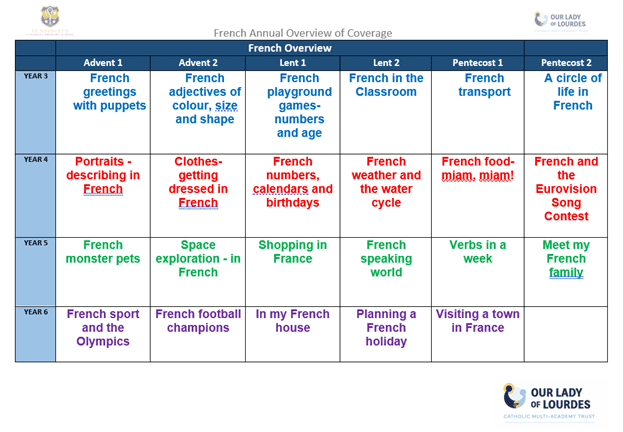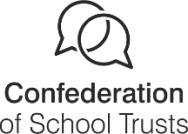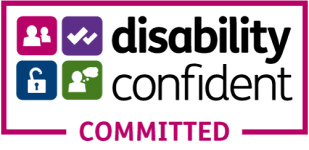National Curriculum Programme of Study
National curriculum in England: languages programmes of study – GOV.UK (www.gov.uk)
Intent
At St Norbert’s we use the Kapow Primary’s French scheme of work which aims to instil a love of language learning and an awareness of other cultures. We want pupils to develop the confidence to communicate in French for practical purposes, using both written and spoken French. Through this scheme of work, we aim to give pupils a foundation for language learning that encourages and enables them to apply their skills to learning further languages, developing a strong understanding of the English language, facilitating future study and opening opportunities to study and work in other countries in the future.
Implementation
Through the Kapow Primary’s French scheme, pupils are given opportunities to communicate for practical purposes around familiar subjects and routines. The scheme provides balanced opportunities for communication in both spoken and written French, although in Year 3 the focus is on developing oral skills, before incorporating written French in Year 4 and beyond. The Kapow Primary scheme is a spiral curriculum, with key skills and vocabulary revisited repeatedly with increasing complexity, allowing pupils to revise and build on their previous learning. Cross-curricular links are included throughout our French units, allowing children to make connections and apply their language skills to other areas of their learning. Lessons incorporate a range of teaching strategies from independent tasks, paired and group work including role-play, language games and language detective work. Our scheme of work focuses on developing what we term ‘language detective skills’ and developing an understanding of French grammar, rather than on committing to memory vast amounts of French vocabulary. Differentiated guidance is available for every lesson to ensure that lessons can be accessed and enjoyed by all. In order to help pupils, retain their French learning, we provide information about how to incorporate French into the classroom environment every day in our ‘During the week’ sections.
Impact
The impact of Kapow Primary’s scheme can be monitored continuously through both formative and summative assessment. Each lesson includes guidance to support teachers in assessing pupils against the learning objectives. After the implementation of Kapow Primary French, pupils should leave school equipped with a range of language-learning skills to enable them to study French, or any other language, with confidence at Key Stage 3.






